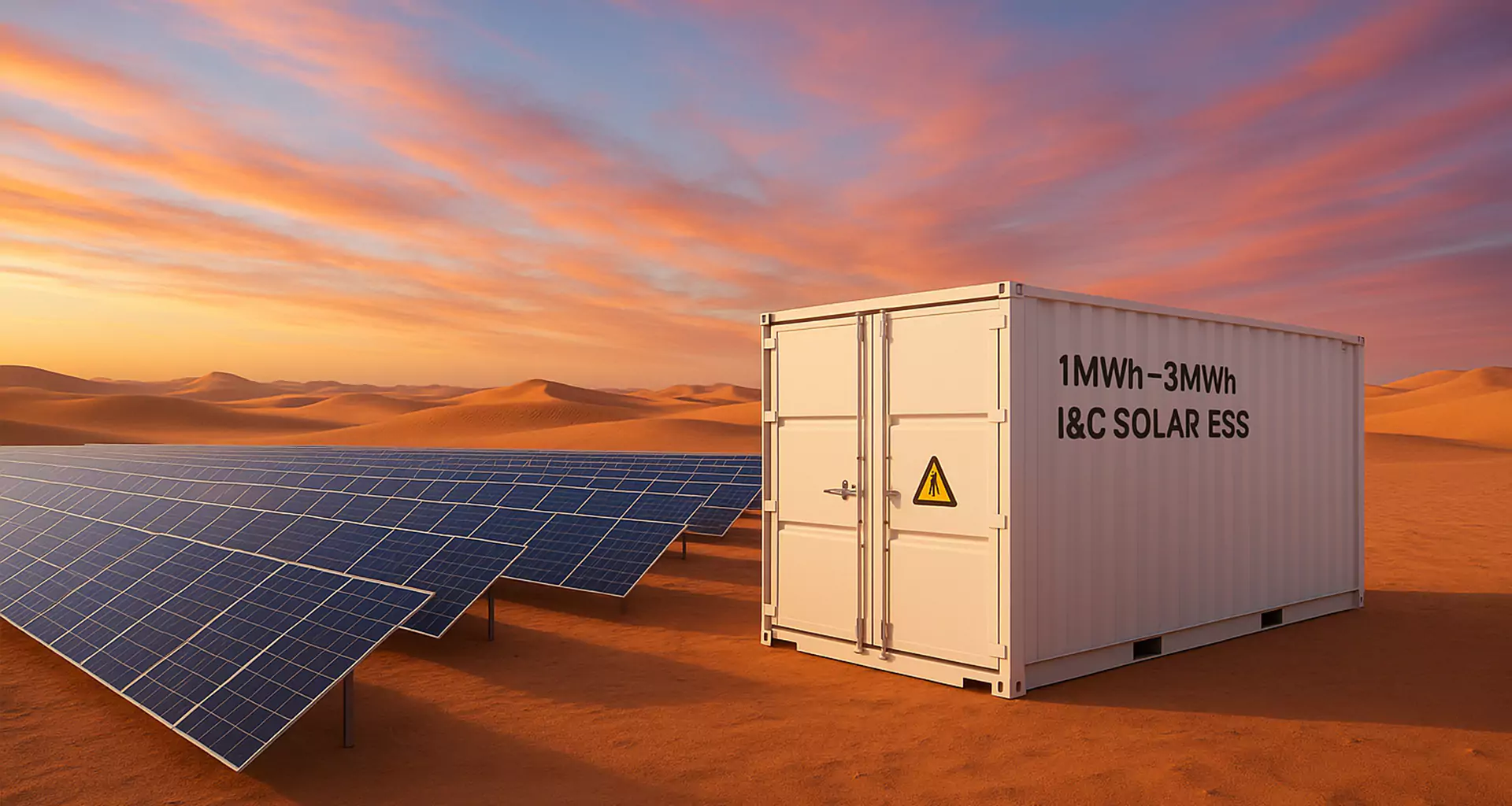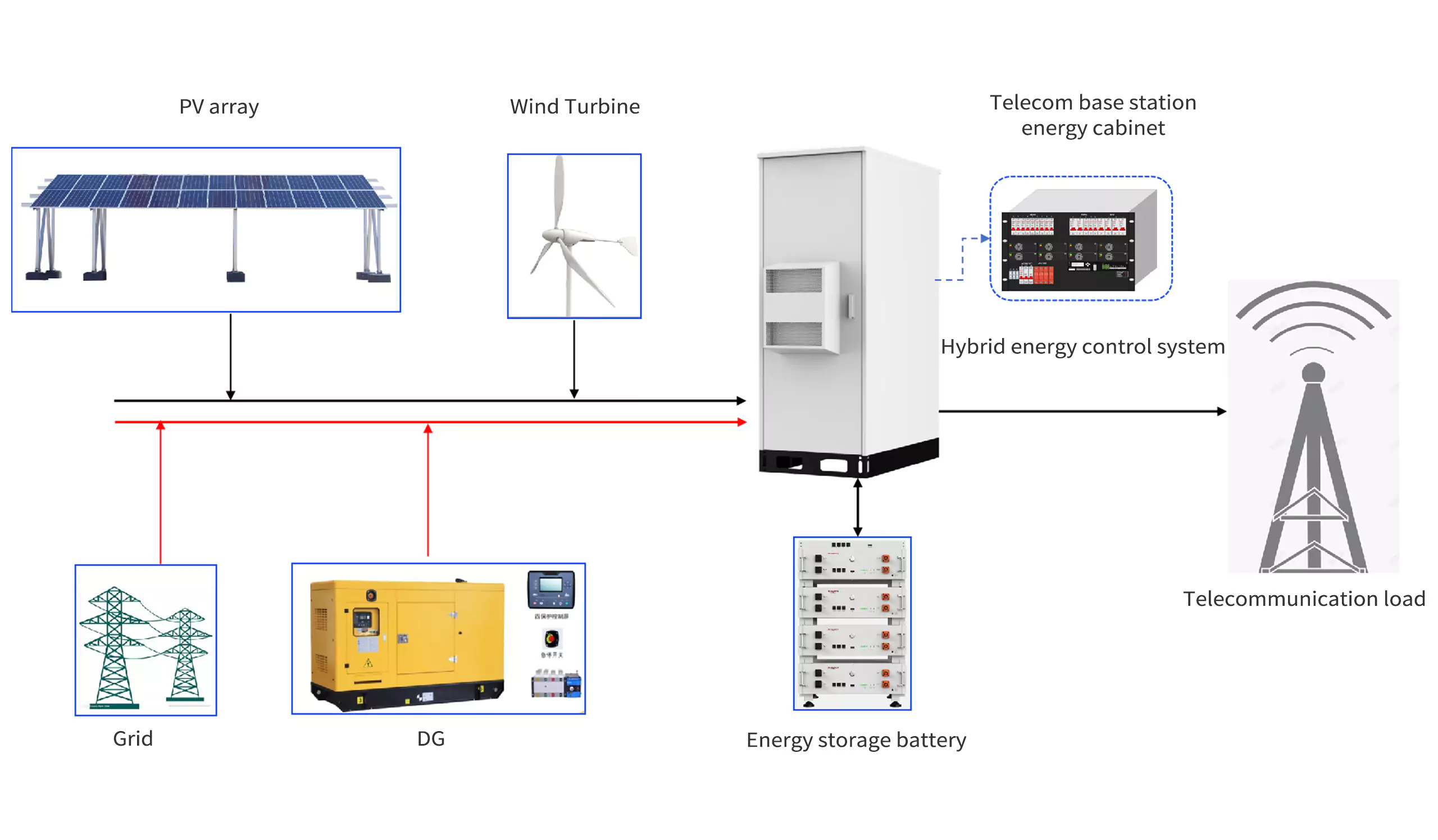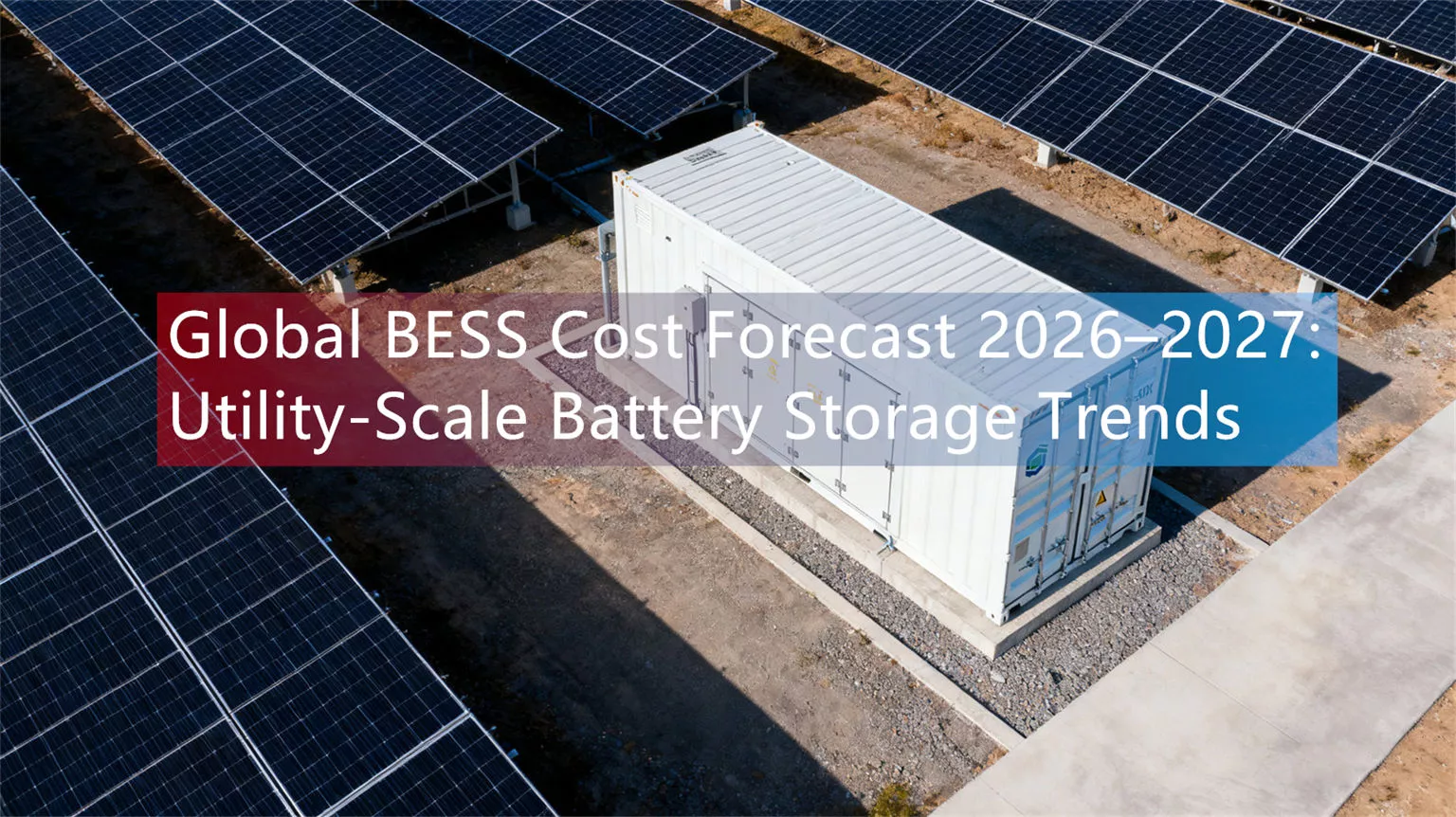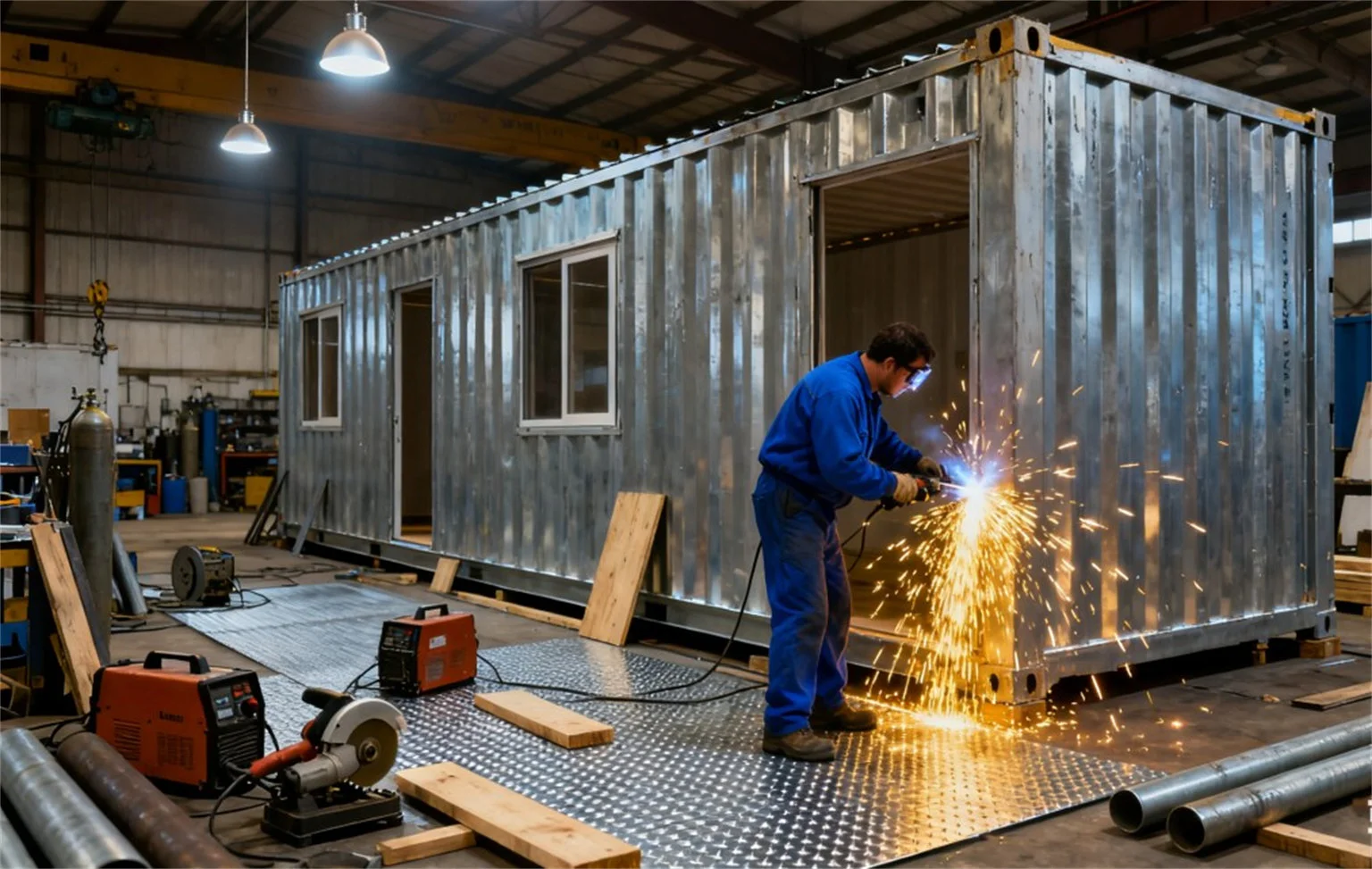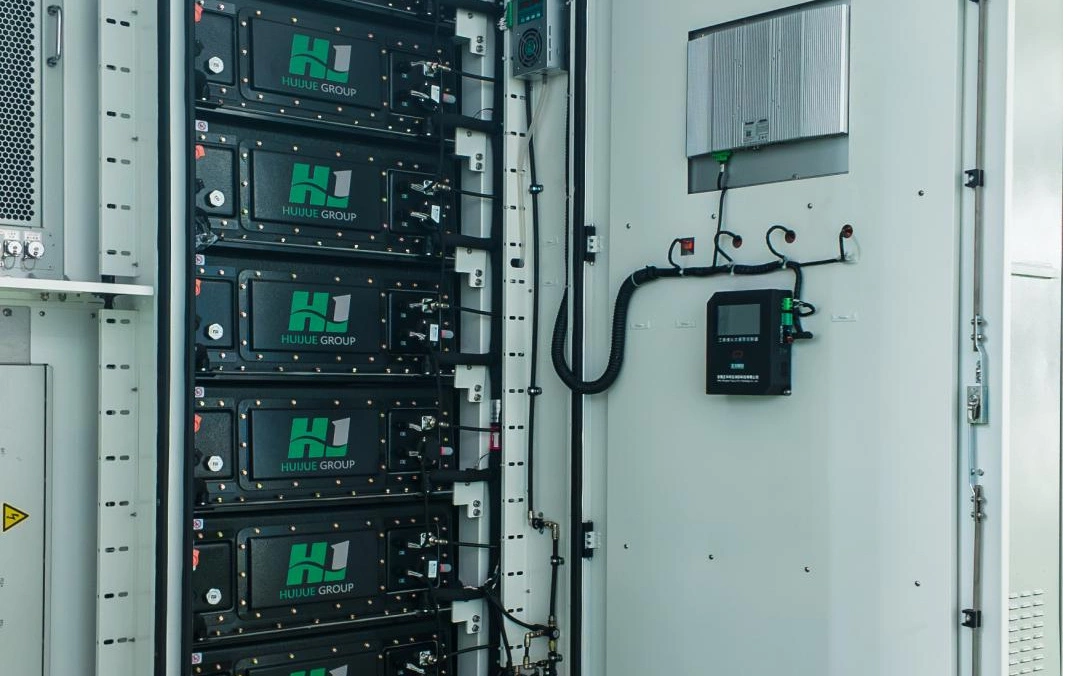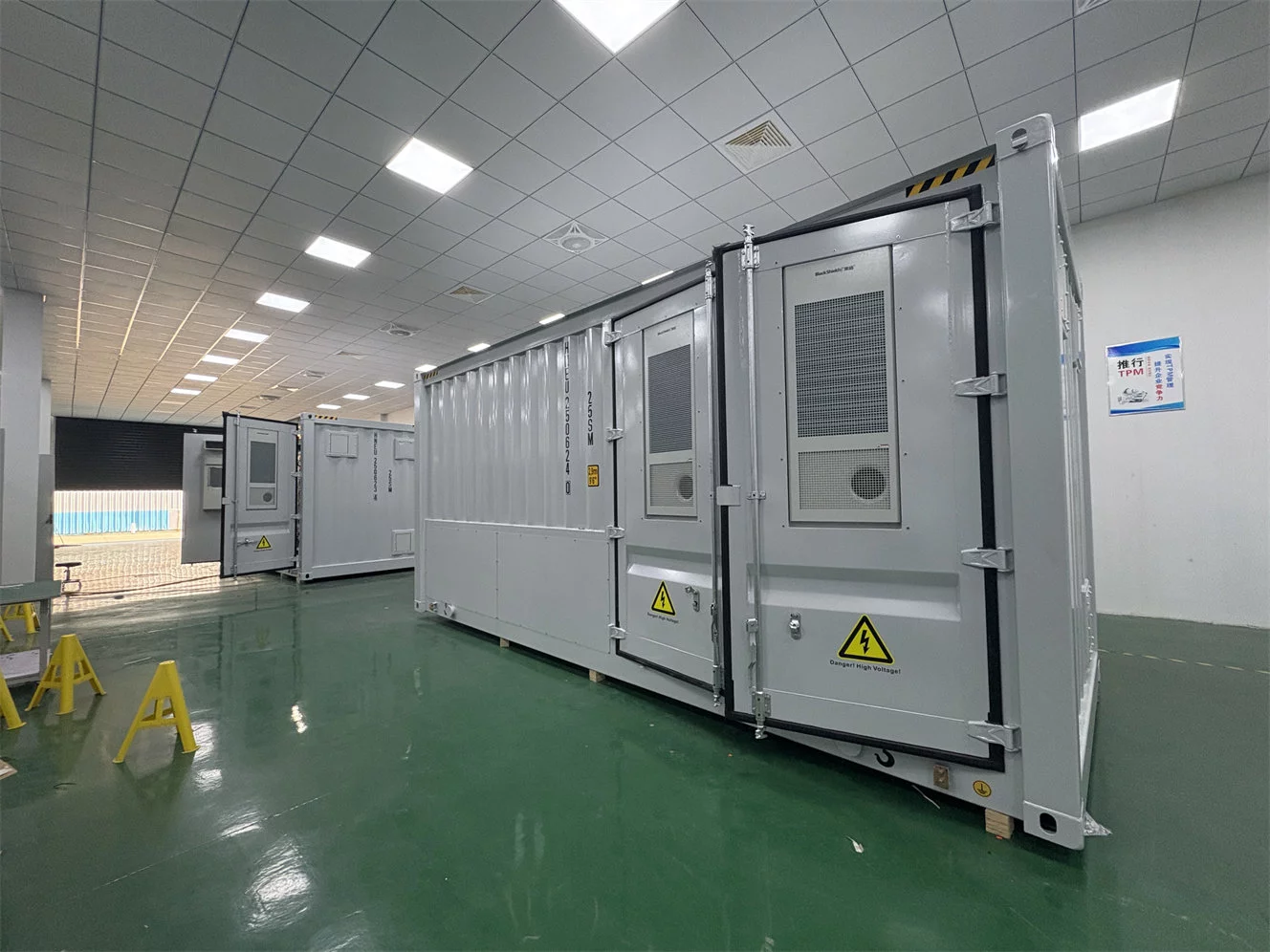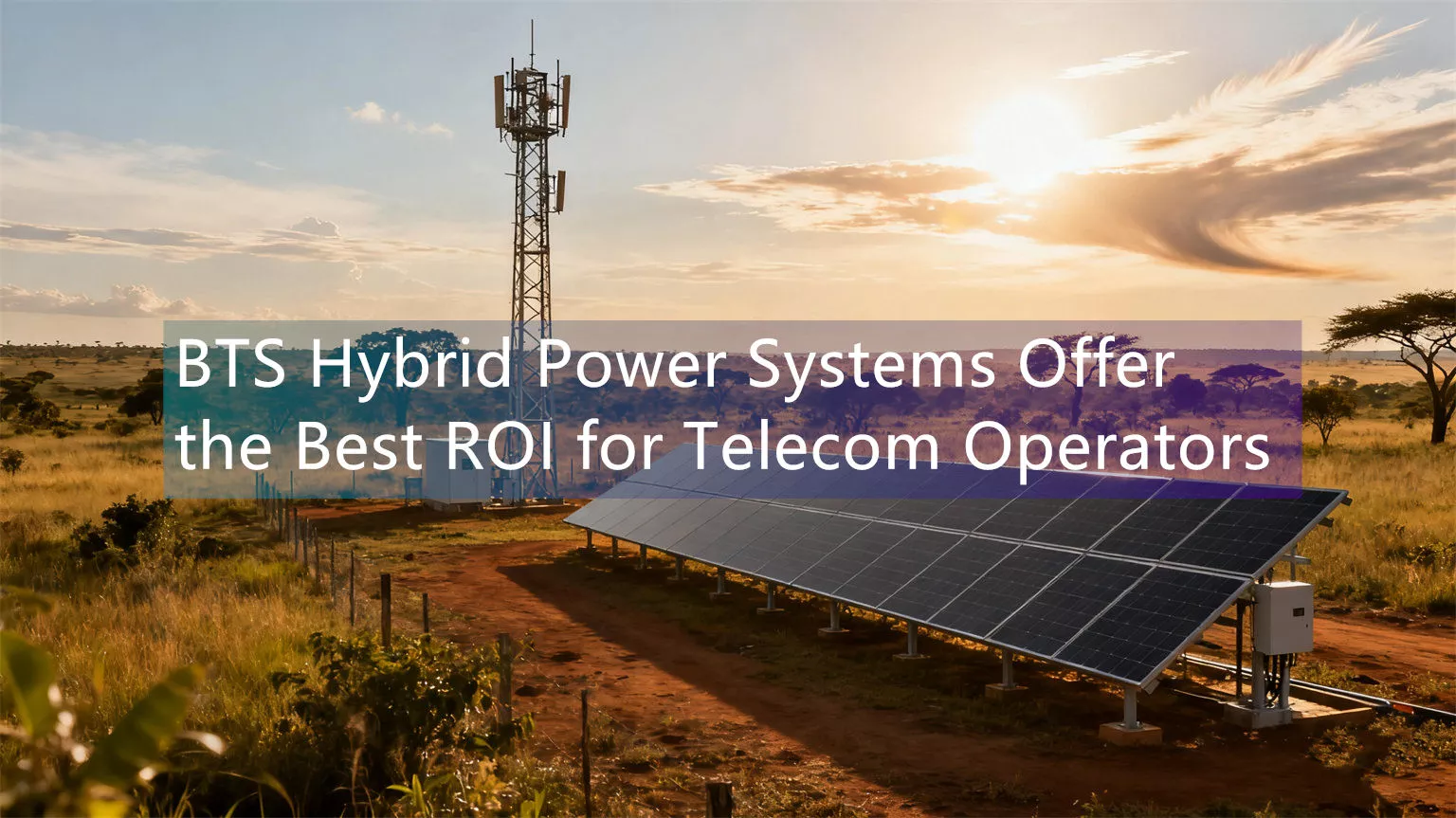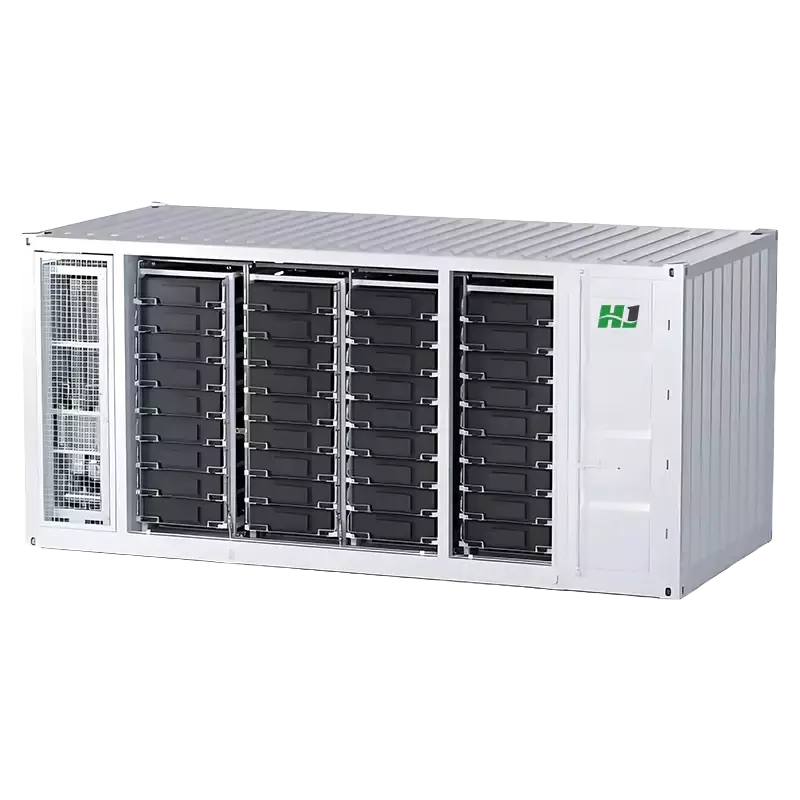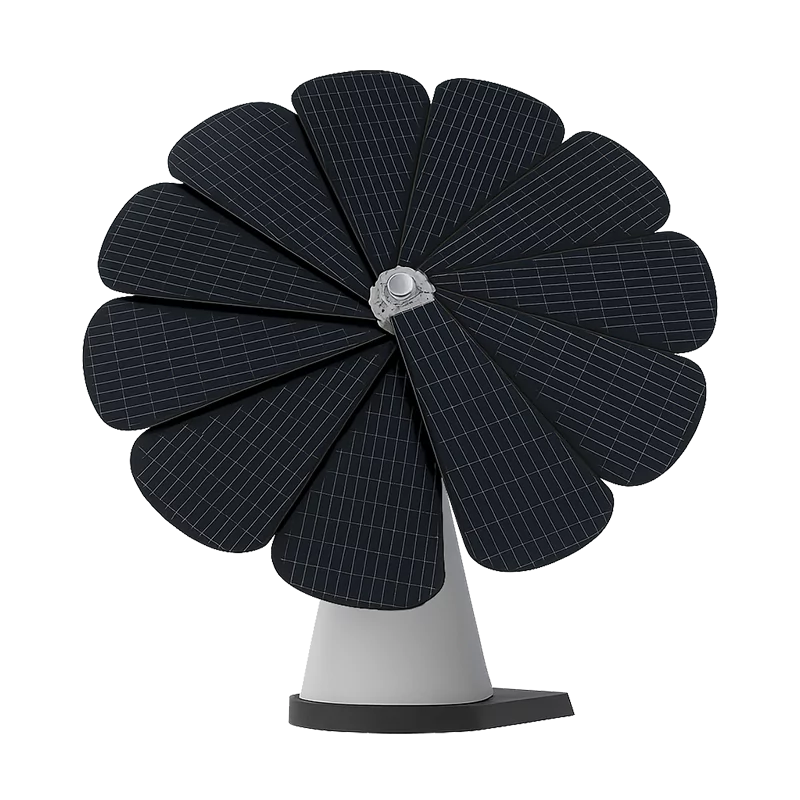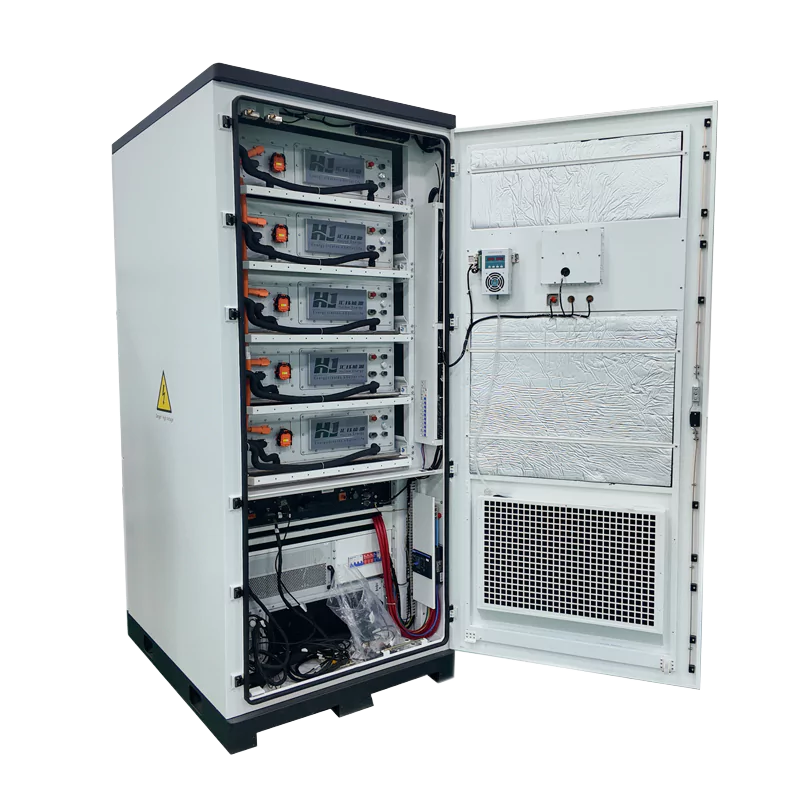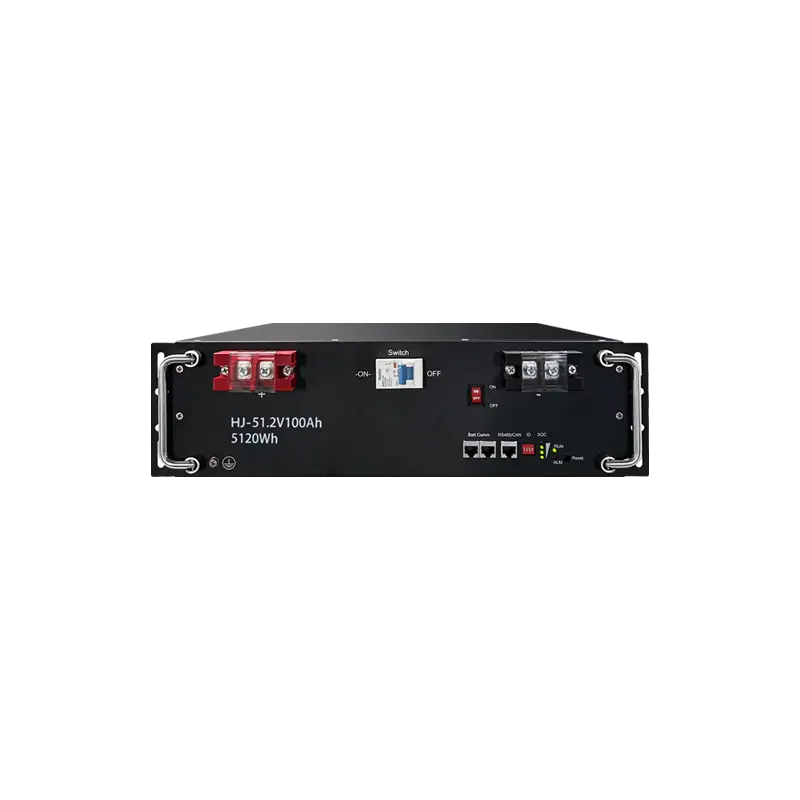Solar-Wind Hybrid Power for Base Stations: Why It’s Preferred
Hybrid system of solar and wind energy for Base Stations
Under normal circumstances, communication base stations usually adopt a hybrid system of solar and wind energy for energy storage. Do you know why? Communication base stations should be established wherever there are people, even in remote areas where few people visit. This is to prevent the situation where there is no communication signal when special groups or personnel arrive. In remote areas such as mountainous regions, islands, grasslands and deserts, the cost of laying power grids is extremely high, possibly reaching several million yuan per kilometer. Therefore, wind-solar hybrid systems have become an economically feasible independent power supply solution.
Then why is it a hybrid of wind and solar power, with the deployment of pure solar or diesel power generation?
1.Hybrid wind and solar power generation combined with energy storage is the best solution
The cost of diesel power generation is very high, and the storage and transportation of diesel both require a lot of human and material resources. Therefore, it is generally not the first choice for power generation in base stations. Solar power generation is environmentally friendly and has a low cost. However, there is a risk of power outages during rainy days or winter. Therefore, wind turbines can serve as supplementary power at night or on rainy days to continuously generate electricity and ensure the stable operation of base stations.
2. Wind-solar hybrid systems can reduce reliance on energy storage
For a single energy system, such as pure photovoltaic or wind power, a base station needs to be equipped with a 5-7 day energy storage battery. In contrast, wind-solar hybrid technology only requires 2 to 3 days of storage, and the battery cost can be reduced by 30% to 50%. For instance, in a certain base station in Tibet, pure solar energy requires 200kWh of battery, while wind-solar hybrid power only needs 120kWh of battery. As an important cost expenditure and consumable for energy storage in base stations, the battery capacity required should be as small as possible.
3. Hybrid systems of solar and wind energy can extend the lifespan of energy storage
We know that energy storage batteries all have a limit on the number of cycles. If the power supply is very unstable, it will reduce the service life of energy storage. Wind and solar hybrid resource power generation can make the charging and discharging of the energy storage system more stable, avoid deep discharge, and extend the lifespan from 3 years to 5 to 7 years
4. Cost considerations
| Power Supply Method | Initial Investment | Cost per kWh (CNY) | Maintenance Frequency |
|---|---|---|---|
| Diesel Generator | Low | 2.0 – 5.0 | Several times per month |
| Solar-Only System | Medium | 1.2 – 1.8 | Once every 6 months |
| Wind-Solar Hybrid System | Medium–High | 0.8 – 1.5 | 1–2 times per year |
| Grid Power | Low | 0.4 – 0.8 | Not required |
Though the Wind-Solar Hybrid System requires higher initial investment (~20%–30% higher than solar-only), its total cost becomes lower than diesel generators after 3–5 years of operation. All renewable options (Solar/Wind Hybrid) produce zero emissions. Costs are indicative and vary by region and scale.
Why aren’t all base stations used?
Although base stations that adopt a hybrid system of solar and wind energy are the preferred choice in most cases, if the base station is located in areas such as cities or suburbs that can be directly connected to the power grid, the power grid is more economical and its later maintenance cost is lower.
Areas without wind or light (such as equatorial rainforests) are not suitable. Wind turbines cannot be installed at urban base stations as there is noise in some areas and the safety distance is low. Therefore, wind-solar hybrid systems cannot be installed either.
The selection of wind-solar hybrid systems for communication base stations is essentially to find the optimal solution among reliability, cost and environmental protection. For base stations that cannot be covered by the power grid, it is the only sustainable power supply solution. For base stations with unstable power grids: It is a maintenance-free “insurance power source”; For operators, the long-term cost is lower than that of diesel engines and is in line with the carbon neutrality goal. In the future, with breakthroughs in energy storage technology and the decline in costs, the application of wind-solar hybrid systems in base stations will further expand.
Find Your Solar + Battery Storage Specialist Now!
* Fill out this form and our experts will help you find the perfect solar storage solution for your home or business.


